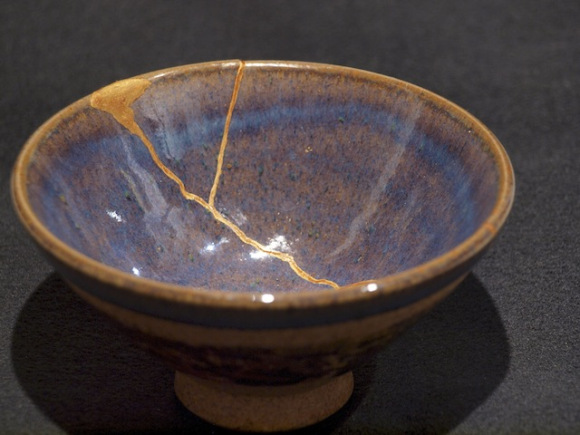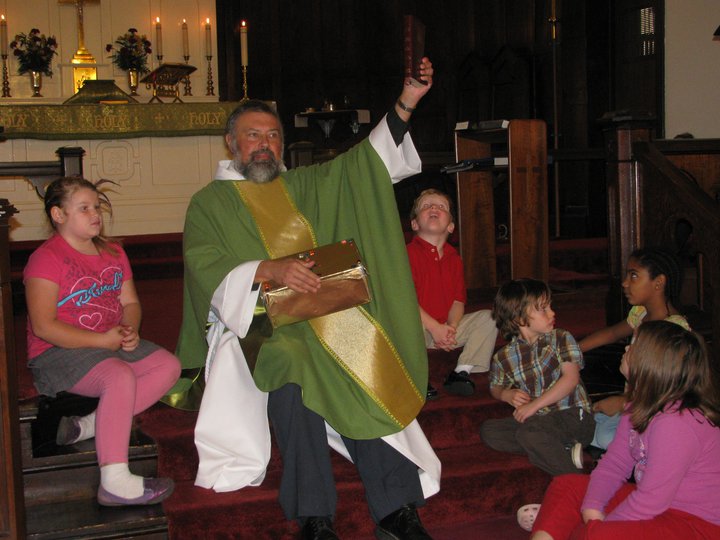He called me
out of the blue yesterday afternoon.
“Father Tom”
(not his real name), an 86-year-old retired priest who once served in my
Episcopal Diocese of Oklahoma, has been in California for almost forty years. In
a newsletter for retired clergy, he had seen an obituary for an old friend, a
retired priest whose funeral had been held at my church a couple of months ago.
Father Tom had lost track over the years, and he wanted a phone number so he
could call the widow and express his condolences.
It was, I
suppose, a lazy afternoon for both of us. We talked for an hour or so. He asked
after a number of older clergy he had known back in the day. I knew a bit about
the area of California where he lived, having numerous in-laws who live within
a few miles of San Francisco Bay. I asked him if it had been a culture shock
for him, moving from Oklahoma in the 1970s.
“One thing
was very different for me,” Father Tom told me. Since I’ve been here in
California, I’ve been out.”
Out? For a
moment, I wasn’t following him. “People here are a lot more comfortable with
gay and lesbian folk. Even clergy. It was a lot different when I was in
Oklahoma, back in the day.”
Father Tom
said that he had been aware of being gay back to his childhood. In his time, it
was something to be hidden, to be ashamed of. He had no one to talk to about
who he was, about his feelings. There were no positive role models. All he knew
were jokes and dismissive remarks about “queers,” whispers about Hollywood
celebrities, government officials exposed, shamed, and fired.
His vocation
to the priesthood came to him at the age of 16. As was common and necessary for
his time, he did his best to conceal his true self if he wanted to be a priest.
After college, he went to seminary, an all-male experience in his day in 1949.
He was aware of other seminarians who were partnered, and others who discretely
visited gay bars. Because of his passion for his calling to be a priest, he
lived a celibate life, and did his best to overcome his own nature.
He dreaded
the canonically required psychological evaluation. A sympathetic psychiatrist,
himself gay, certified Tom as fully heterosexual, and opened the way to his
ordination. Father Tom believes that the Episcopal bishop of Oklahoma in the
early 1950s, a gentle and kindly man, knew or suspected his orientation.
Nothing was ever said. In his years in ministry in Oklahoma, he served
faithfully and well. Over the years, he heard many jokes and remarks about “fags”
and “fairies” from many people, including, sometimes, his fellow clergy.
Slowly, he
found a support system of other closeted clergy. Eventually, he found a
partner, and had to live a life of caution and deception, always being careful
of revealing too much of who he was to the wrong person.
Father Tom
is long since retired from full-time ministry. Today, he is vigorous and active
in his priesthood, celebrating the sacraments regularly at retirement
communities and supplying in parishes.
We talked
about how the Church and the world had changed in his 62 years as a priest. He
had kind things to say about my modest efforts to welcome LGBTQ people to my
congregation, including being able to offer the blessing of same-sex unions in
compliance with the policies of my diocese, and joining with other local clergy
to offer a series of discussion forums on the Church and the gay-bi-trans
communities.
I was
blessed by this conversation. The flame of priesthood still burns brightly in
this old man, who speaks openly, even cheerfully, about his long and sometimes
difficult journey. God love you, Father Tom, for your courage and strength in
being who you are. I am honored to share the calling of priest with you.






